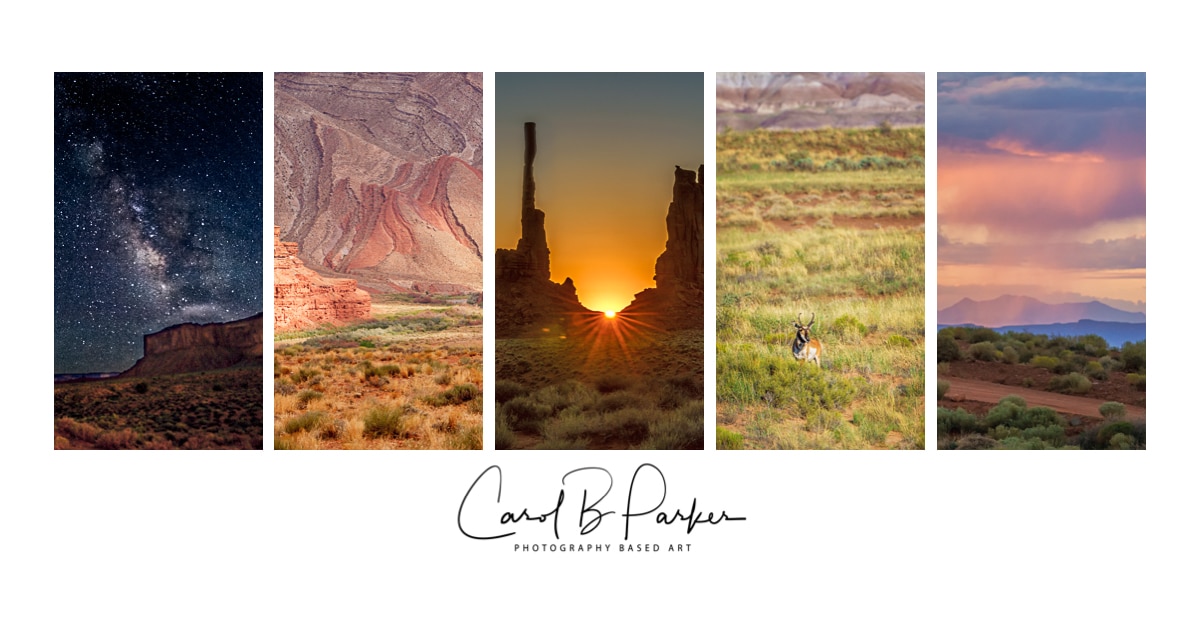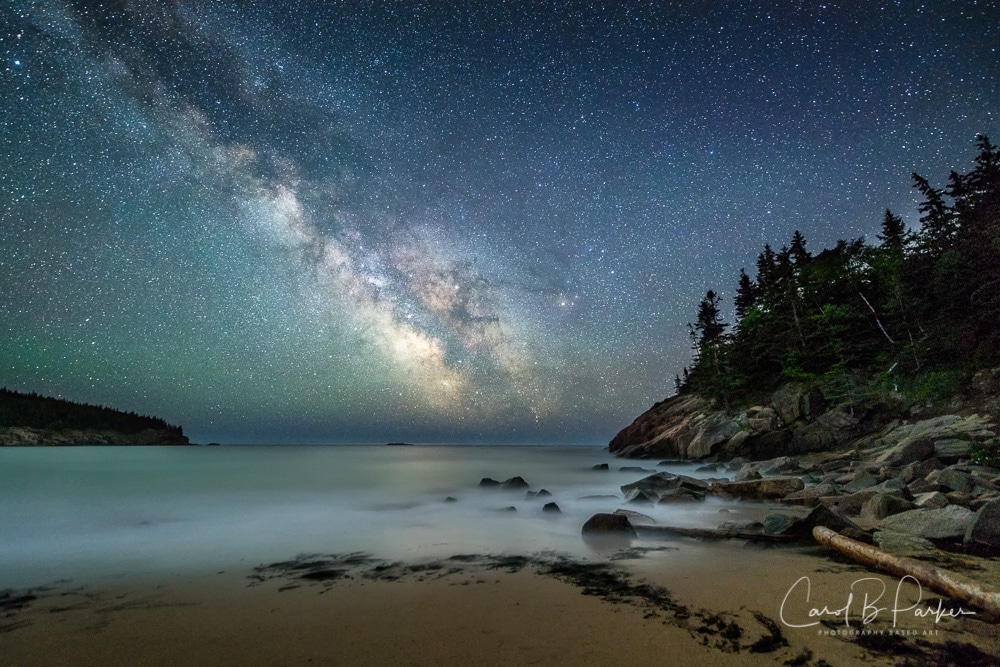August 2017
Of course the total solar eclipse in August was on our bucket list! I elected not to attempt to photograph the main event – that’s a technical challenge better left to more accomplished photographers than I. Considering this once-in-a-lifetime experience of 100% totality would only last 2 1/2 minutes max, I really wanted to absorb the experience without fiddling with camera settings.
But the eclipse was a good excuse to embark on an epic road trip through the Southwest, affording me an opportunity to record some spectacular scenery. From Tucson we drove through the Salt River Canyon up to the White Mountains, and from there traveled through the Petrified Forest and the Painted Desert en route to Gallup, New Mexico. I was booking our lodging on the fly, utilizing TripAdvisor on my iPhone en route, and our first night out we stumbled across an unexpectedly wonderful historic hotel in Gallup, New Mexico, on the old Route 66 but just a stone’s throw from the Interstate. Back in the 30s and 40s all the movie stars (John Wayne, Katharine Hepburn, Spencer Tracy, Ronald Reagan to name a few) stayed at El Rancho Hotel. Our room for the night was named after Lee Remick. The ambience and nostalgic memorabilia were a treat to experience.

We drove some 500 plus miles that day and of course there was not a prayer of booking a last minute hotel room within 100 miles of the path of totality! Instead we found a sod farm that was offering overnight parking on the perimeter of their beautiful green grass. The main selling point was the row of porta-potties installed for the convenience of their guests. So for $100 we parked our Jeep by the field, spent $20 more for hamburgers from the grill, and then we settled into the front seat with pillows and blankets picked up at a local Walmart, and spent the night in the car.
Next morning we headed off at dawn to Glendo State Park in Wyoming where we connected with a group from the University of Arizona’s Space Grant Program, associates of Mike’s from work. They were participating in a balloon based experiment and were set up in a prime campsite within the park. Our friends met us at the entrance of the by now crowded park and ferried us in – enabling us to enjoy a spectacular and unobstructed view of the eclipse in 100% totality. Exiting the park at the end of the day was another story – it took nearly 3 hours to drive 3 miles back to the entrance. From there the Interstate 25 was crawling with traffic back to Denver, but fortunately we were headed in the opposite direction. We overnighted in Casper, Wyoming, where a room at the Days Inn cost more $$$$ than a night at a luxury hotel in Santa Fe had cost us the week before!

We spent a couple of nights in Monument Valley, first at Gouldings, another historic hotel with ties to the movie industry, and then at a fabulous modern hotel named The View, operated by the Navajo Nation, with every room offering a balcony and unobstructed view of Monument Valley in all its vast glory. We hired a Navajo guide to take us out for both a sunrise photography tour as well as a starlight tour of the park. My night photography results weren’t as consistent as in Maine and I only got a couple of shots that satisfied me – it’s really hard to lock critical focus on a distant star in the dark with aging eyesight! But I love the one shot that I did manage to pull off – and, again, spending hours under the starlit skies with only nature for company was well worth the experience.
From there it was straight home, a surprisingly quick 6 hour drive. We immediately went on a spree of binge-watching a trilogy of old John Wayne movies filmed in the red rock country of Monument Valley. I’m already making plans to return in 2018.
Slideshow:
[envira-gallery id=”9147″]






